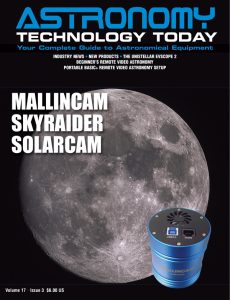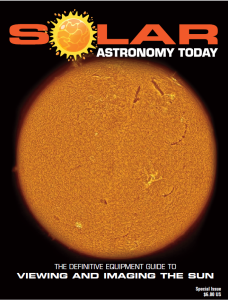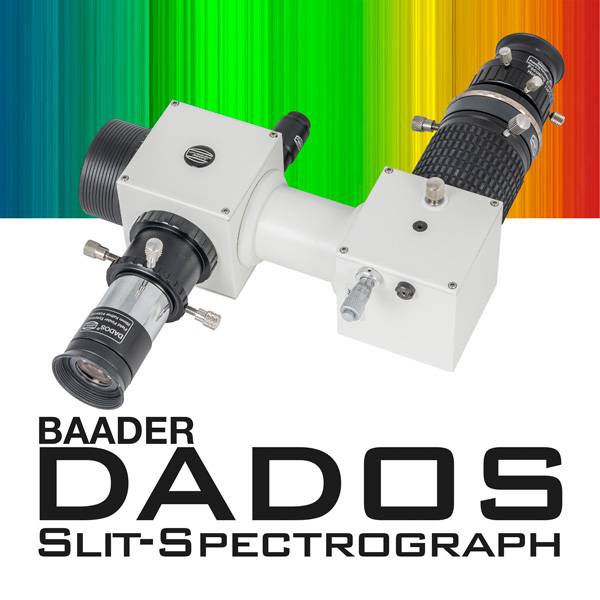The Lunático Astronomía Pocket CW2 is a new version of the company’s Pocket CW, which offers a number of updates and enhanced capabilities to provide detailed, on the go information about atmospheric conditions.
 As the Lunático Astronomía team notes, “The Pocket CW2 is the new, improved version of our portable solution for cloud detection, measuring sky quality, measuring the temperature, the relative humidity, the dew point, detecting wind, with GPS location, and all of it accessible from a smart device and PC.”
As the Lunático Astronomía team notes, “The Pocket CW2 is the new, improved version of our portable solution for cloud detection, measuring sky quality, measuring the temperature, the relative humidity, the dew point, detecting wind, with GPS location, and all of it accessible from a smart device and PC.”
The Lunático Astronomía Pocket CW2 is very small at 71x71x21mm (2.8×2.8×0.82 inches) and incredibly light at 85g (3oz). It is the ultimate in portability to enable you to image all night in the field and relax while the Pocket CW2 monitors the sky and ambient conditions, knowing it will wake you up if there is any issue.
The available software for PC and the Android/iOS app is very powerful and puts all of the functionality of the Pocket CW2 at your fingertips. The user interface is intuitive and easy to use, adding to the functionality of the system.
With the new version’s functionality, the Lunático Astronomía Pocket CW2 will provide the ability to:
– Detect clouds
– Measure sky quality
– Measure the ambient temperature
– Measure the relative humidity and the dew point.
– Measure the atmospheric pressure,
– Provide wind measurements
– Light sensor with sky brightness expressed in mpsas
– “Watchdog” function to detect any issues
– Includes GPS location
– Includes 2.4 Ghz Wi-Fi
– All information accessible from a PC and smart device
– Works with an available internal rechargeable LIPO battery
You can learn more about the Lunático Astronomía Pocket CW2 here.

 And to make it easier for you to get the most extensive news, articles and reviews that are only available in the magazine pages of Astronomy Technology Today, we are offering a 1-year magazine subscription for only $6! Or, for an even better deal, we are offering 2 years for only $9. Click here to get these deals which only will be available for a very limited time. You can also check out a free sample issue here.
And to make it easier for you to get the most extensive news, articles and reviews that are only available in the magazine pages of Astronomy Technology Today, we are offering a 1-year magazine subscription for only $6! Or, for an even better deal, we are offering 2 years for only $9. Click here to get these deals which only will be available for a very limited time. You can also check out a free sample issue here.
The Sun is more active than it’s been in years and if that’s not enough, we have the Annular Solar Eclipse on October 14, 2023 and the Total Solar Eclipse on April 8, 2024! If you’d like to learn more about the technology behind solar observing, solar imaging and more, you can check out our free publication, “The Definitive Guide to Viewing and Imaging the Sun”. You don’t have to sign up or provide any information, simply click here and enjoy reading!



